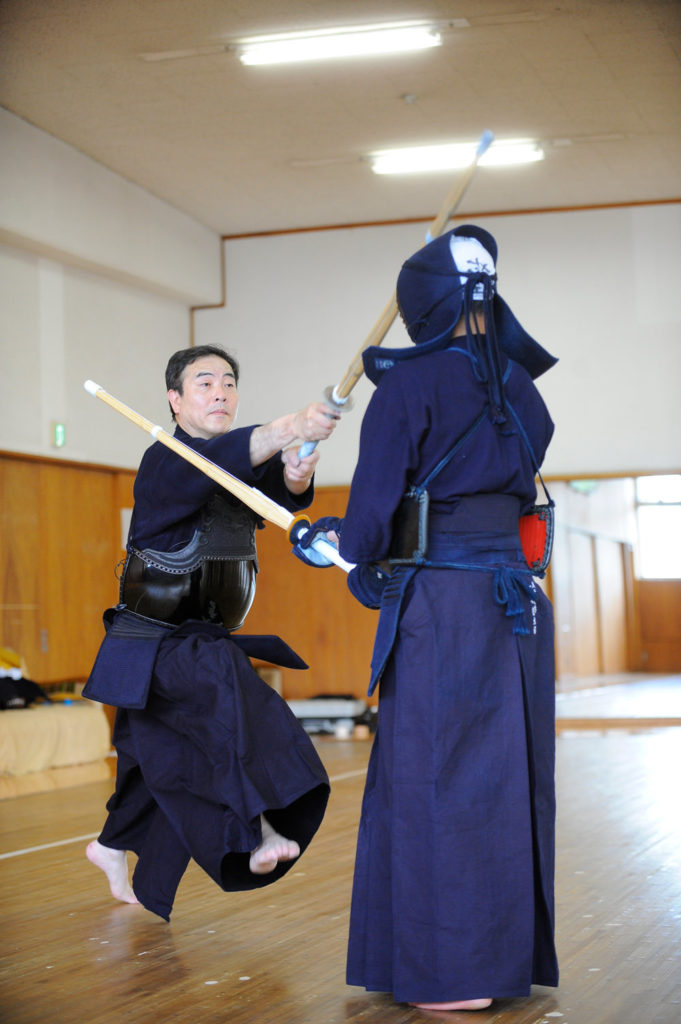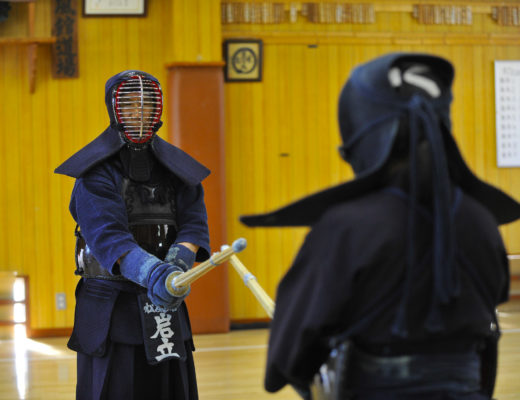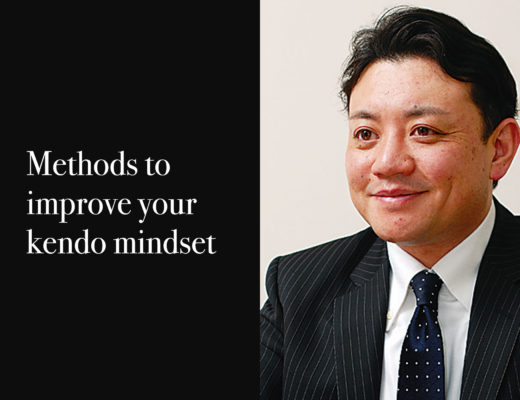KENDOJIDAI 2013.10
This is the first time Koda Kunihide, Kyoshi 8th Dan and professor of Tsukuba University, will do a full instruction series for Kendo Jidai. Harada Satoru, Takanabe Susumu and Murayama Chinatsu are all accomplished fighters who graduated from Tsukuba University. You can take the same instructions they received right here, right now!
- Part 1: Basic movement
- Part 2: Shikake-Men
- Part 3: Shikake-Kote
- Part 4: Oji-waza against Men
- Part 5: Oji-waza against Kote
- Part 6: Keiko methods

Koda Kunihide, born in Nagasaki Prefecture in 1957. He went from Nagasaki East High School to Tsukuba University and became a teacher at the University of Tsukuba after working as a high school teacher at Nagasaki Prefecture. Major achievements include the individual title at the WKC, 3rd place at the All Japan Championships, and a National Teachers Tournament title. Professor at the Graduate School of Comprehensive Human Sciences and Director of the Kendo Club at the University of Tsukuba. Kyoshi 8th dan.
The basics of striking in one motion
In kendo, we face our opponent and aim for openings while striking at each other, and all of our strikes should be performed without hesitation. In other words, we are required to strike in one motion. I believe, this can be attained by performing your techniques smoothly and instantaneously whilst being in a state of full spirit. You could call this a strike which is performed according to kikentai-icchi (spirit, sword and body in synchrony). However, to achieve this your upper and lower body must move as one. It is important that the upper body is moderately relaxed, and you perform your techniques by initiation of the lower body. This requires multiple movements to occur at the same time, and beginners tend to put too much strength in the upper body. Therefore, rather than instructing to move the upper and lower body at the same time, I break the movements down in order to make it easier to learn them separately. This keiko is not only useful for beginners but also a good opportunity to review your basics and is thus beneficial if you have a higher dan grade as well.
The rest of this article is only available for Kendo Jidai International subscribers!





